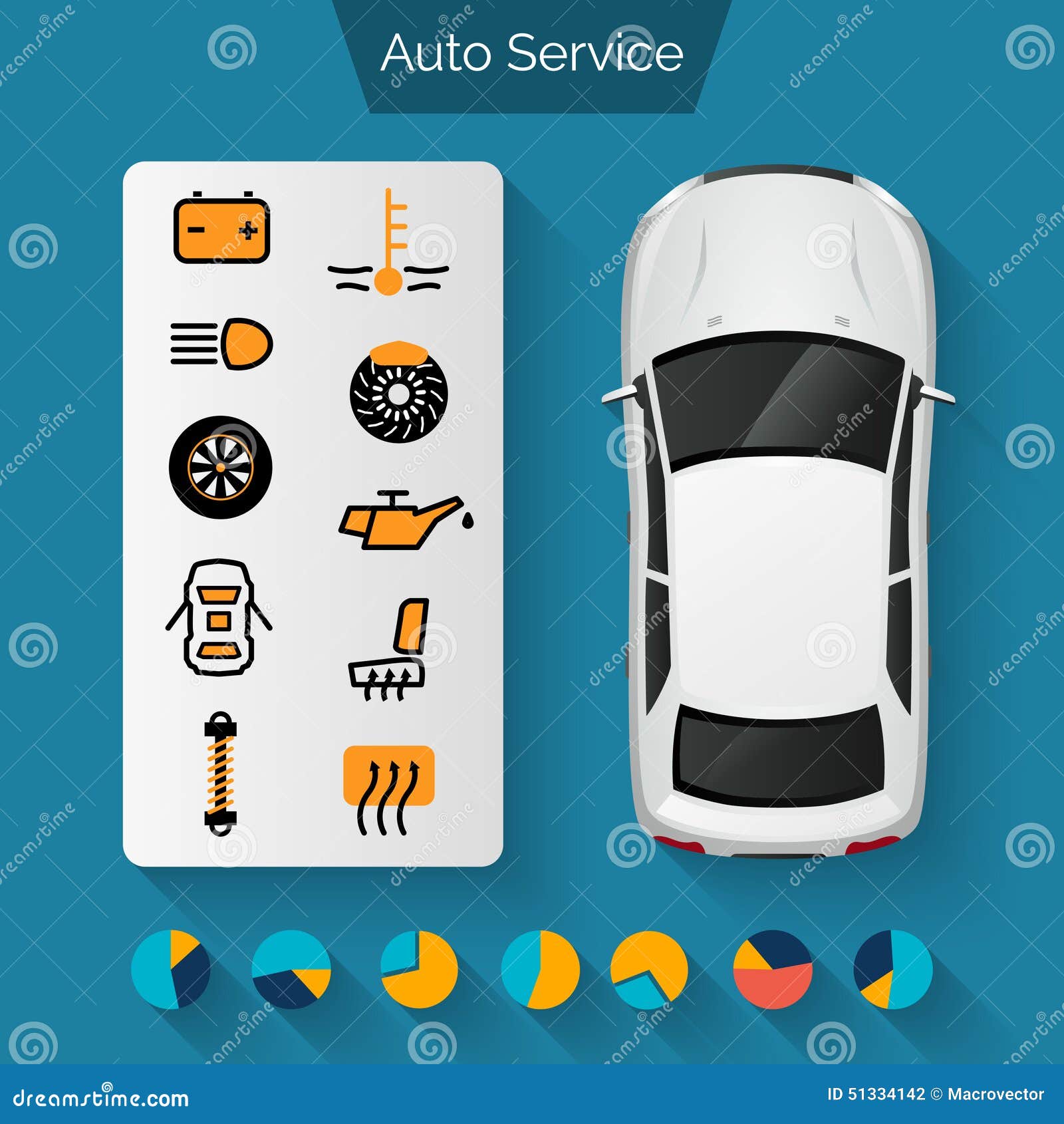Assessing Your Automobile'S Warning Indicators: What They Truly Share
Assessing Your Automobile'S Warning Indicators: What They Truly Share
Blog Article
Article By-Boye Forbes
When you lag the wheel, those radiant warning lights on your control panel can be a bit puzzling. Do you know what they're trying to tell you regarding your automobile's health? Comprehending the relevance of these lights is crucial for your safety and the long life of your automobile. So, the next time among those lights turns up, would not you wish to decipher its message properly and take the needed steps to resolve it?
Common Caution Lighting and Interpretations
Identify common warning lights in your cars and truck and recognize their definitions to ensure risk-free driving.
The most normal warning lights include the check engine light, which indicates issues with the engine or discharges system. If this light begins, it's crucial to have your automobile inspected promptly.
https://vehiclesuspensiontesting95061.livebloggs.com/37485664/witness-the-transformative-fads-forming-the-future-of-automobile-repair-from-electric-vehicles-to-ai-integration-that-will-change-the-industry cautioning light indicates low oil stress, calling for prompt interest to prevent engine damage.
A flashing battery light could recommend a malfunctioning charging system, potentially leaving you stranded if not dealt with.
The tire pressure surveillance system (TPMS) light signals you to reduced tire stress, impacting automobile stability and fuel effectiveness. Disregarding this could bring about harmful driving problems.
The abdominal muscle light indicates a trouble with the anti-lock braking system, endangering your capacity to quit quickly in emergencies.
Finally, the coolant temperature level alerting light warns of engine getting too hot, which can cause extreme damages if not settled quickly.
Understanding these typical warning lights will help you deal with issues without delay and keep secure driving problems.
Relevance of Prompt Attention
Comprehending the usual warning lights in your cars and truck is only the first step; the relevance of without delay addressing these cautions can not be highlighted sufficient to guarantee your security when traveling.
When a warning light brightens on your dashboard, it's your auto's means of connecting a potential concern that needs attention. Neglecting these warnings can bring about a lot more extreme issues down the road, endangering your safety and possibly costing you more in repairs.
Trigger interest to alerting lights can prevent breakdowns and crashes. For instance, a blinking check engine light could indicate a misfire that, if left neglected, might cause damages to the catalytic converter. Addressing https://www.claimsjournal.com/news/national/2021/11/10/306996.htm can save you from a costly repair service.
In a similar way, a brake system advising light may signify low brake fluid or used brake pads, critical elements for your safety and security when driving.
DIY Troubleshooting Tips
If you see a warning light on your control panel, there are a few DIY fixing ideas you can attempt prior to looking for professional help.
The initial step is to consult your vehicle's manual to understand what the certain caution light shows. Occasionally the problem can be as basic as a loose gas cap activating the check engine light. Tightening the gas cap might solve the trouble.
One more typical issue is a low battery, which can set off different advising lights. Inspecting the battery connections for corrosion and ensuring they're safe and secure may take care of the issue.
If a caution light persists, you can try resetting it by separating the auto's battery for a couple of mins and afterwards reconnecting it. Furthermore, checking your car's fluid levels, such as oil, coolant, and brake fluid, can aid troubleshoot warning lights connected to these systems.
Final thought
In conclusion, understanding your auto's caution lights is vital for keeping your vehicle running efficiently and safely. By without delay dealing with these signals and understanding what they indicate, you can avoid pricey repair work and prospective breakdowns.
Bear in mind to consult your automobile's guidebook for certain information on each warning light and act accordingly to guarantee a trouble-free driving experience.
Keep notified, stay safe when traveling!
